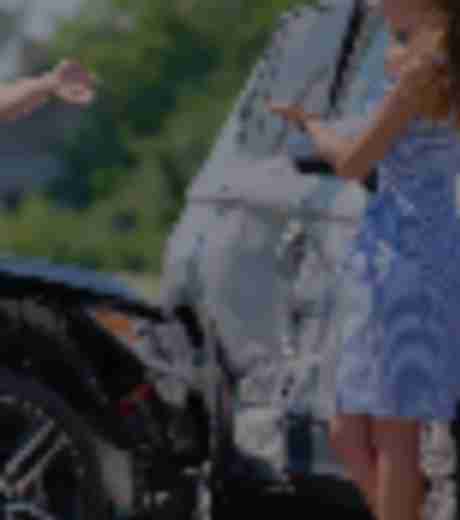Despite technology, hit-and-run accidents are still a problem
In spite of cellphones and security cameras – and the severe criminal penalties – hit-and-run accidents happen all the time. And many of those drivers are never caught.
It’s a huge anxiety for victims and their families. They are angry that a person could simply drive away. Worse, they are stuck with medical bills and other damages, with no one to sue. The good news is that hit-and-run victims can get compensation … if they have the right type of insurance.
How common are hit-and-runs?
The AAA Foundation for Traffic Safety reports that about 11 percent of all accidents reported to police are hit-and-run. Federal data shows about 20 percent of all pedestrian fatalities are hit-and-run. Some studies show the problem is increasing, with hit-and-runs rising faster than overall traffic accidents.
How often do hit-and-run drivers get away with it?
Surprisingly often. There is no nationwide or even state-by-state data, but people who flee the scene of an accident are rarely caught, especially in large metro areas. Even with advances in forensic science, video cameras everywhere and the prevalence of smartphones, many of these crimes go unsolved. This is especially true in late-night and weekend accidents – darkness and no witnesses.
Isn’t it a crime to flee the scene of an accident?
Yes. It’s a serious felony. Under Connecticut’s Evading Responsibility law, a driver who knowingly is involved in an accident cannot flee the scene. A hit-and-run driver is subject to a fine of up to $10,000 and/or prison of one to 10 years if the accident results in injury or death.
The law requires a driver who is involved in a collision to stop, render first aid, and provide identifying information to a law enforcement officer or a witness before leaving the scene.
Why would someone leave the scene? Don’t they care?
Some drivers panic and drive off, but later turn themselves in. In many cases, the decision is simply self-preservation. They may not have a valid driver’s license or car insurance. They may have been under the influence of alcohol or drugs. They may have been texting while driving. They may fear going to jail or being deported. Hit-and-run drivers are statistically more likely to have prior DWIs or license suspensions, which would increase the penalties.
So what happens if a hit-and-run driver is never identified?
Many Connecticut drivers have special insurance coverage called uninsured motorist (UM). State law treats a hit-and-run accident the same as a collision with a driver who has no auto insurance. If you have UM coverage, your medical expenses, lost wages, property damage and other losses are covered, up to the limits of your policy. Sadly, victims who do not carry uninsured motorist coverage may have no recourse to recover compensation.
The state of Connecticut requires all drivers to carry UM coverage. As of Jan. 1, 2018, the minimum uninsured motorist coverage was raised to $25,000 per individual/$50,000 per accident. It may be wise to purchase additional coverage – the minimum might not cover your family’s losses in a major accident.
UM insurance is usually coupled with underinsured motorist coverage (UIM), which offers another layer of protection if the other driver is identified but has low coverage. Talk to your insurance agent about increasing your UM/UIM policy.
Sources: AAA Foundation for Traffic Safety, National Highway Traffic Safety Administration
Get in Touch
Schedule a Free Initial Consultation
At Kennedy, Johnson, Schwab & Roberge, P.C., we handle all cases on a contingency fee basis. This means that we do not get paid unless and until you receive a settlement or a jury award.
Schedule a free, confidential consultation with a skilled Connecticut personal injury lawyer today.








